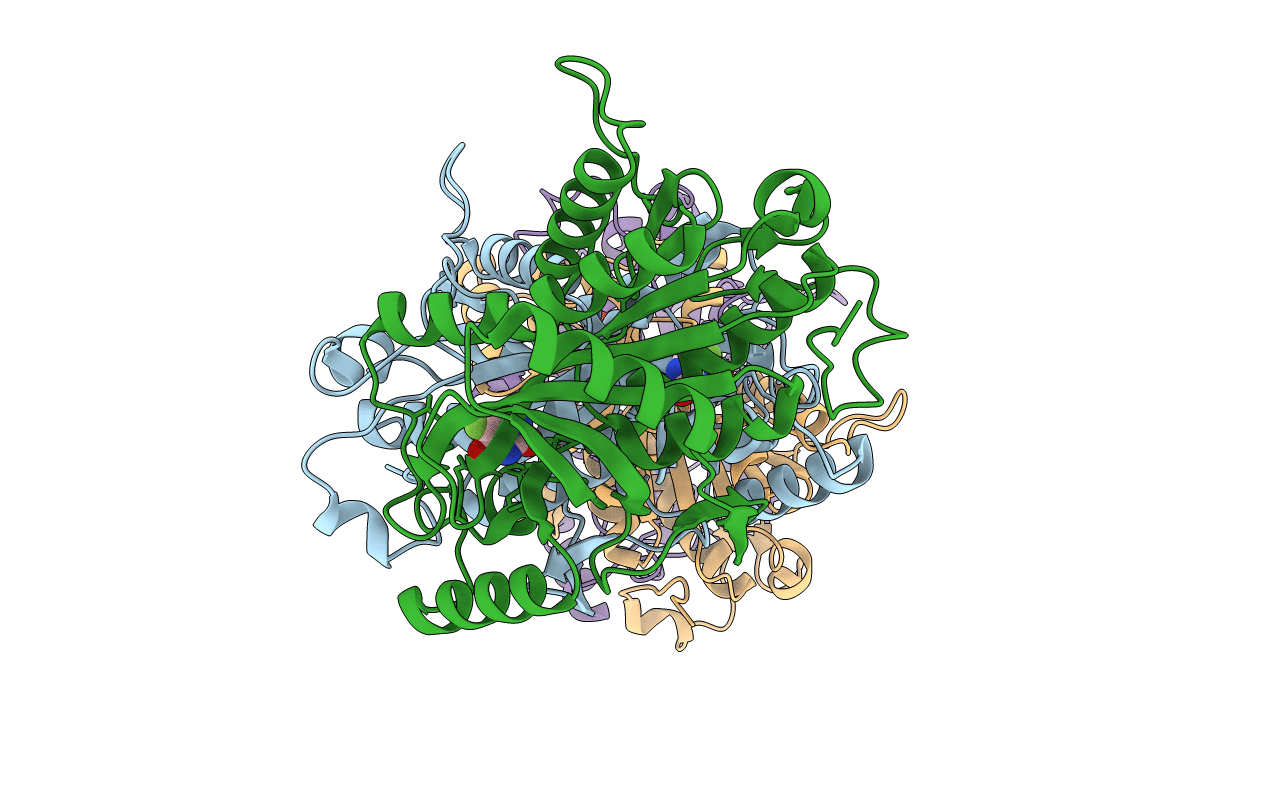
Deposition Date
2010-06-03
Release Date
2010-10-06
Last Version Date
2024-02-21
Method Details:
Experimental Method:
Resolution:
2.30 Å
R-Value Free:
0.27
R-Value Work:
0.22
R-Value Observed:
0.22
Space Group:
P 21 21 21


